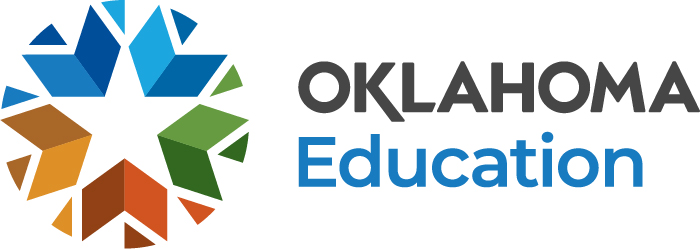Documentation requirements depend on the method of reimbursement you are providing.
Per Diem:
We recommend reimbursing through a per diem. Documentation for reimbursement of a per diem is simply a copy of your organization or district's travel claim. The travel claim must include the name of the traveler and the time, date, and location of travel, in addition to the traveler's signature and organization approval must be included. Federal per diem rates can be found at GSA.gov.
School Credit Card:
A school credit card can be used to pay for group travel. On a school credit card you may pay for everyone who attends a training or conference who is part of the 21st CCLC program on one meal receipt. The receipt MUST be itemized so we can see which menu items were purchased. No alcoholic beverages will be allowed. Shared taxis rental cars and parking costs can be placed on the school credit card.
Credit card statements are NOT an acceptable form of documentation and each vendor must be itemized on your detailed expenditure report.
For example:
Credit Card Service/Joe's Cafe
- Credit Card Service/Mama's Greasy Spoon
- Credit Card Service/Cool Coffee Shop
- Credit Card Service/Quick Taxi Service
- Credit Card Service/Premium Parking
Individual Reimbursement Method:
We do not recommend this type of reimbursement, simply because of the detailed records that must be kept by the traveler. Each individual must pay for ONLY his/herself. All meal receipts MUST be itemized. No alcoholic beverages will be allowed. Individuals may share a taxi, rental car, or parking, but only the person who pays for it can claim reimbursement.
Additionally, the organization or district’s travel claim form MUST be submitted for reimbursement with travel and meal totals, dates, approvals and signatures.


